Bay leaves are the dried leaves of the bay laurel tree. They offer a mildly sweet, earthy, woody taste with an aroma of eucalyptus. They are used to add depth and complexity to many dishes, including pasta sauces, soups and other long-cooked dishes. With just one leaf, you can add lovely nuanced flavor to your recipes.
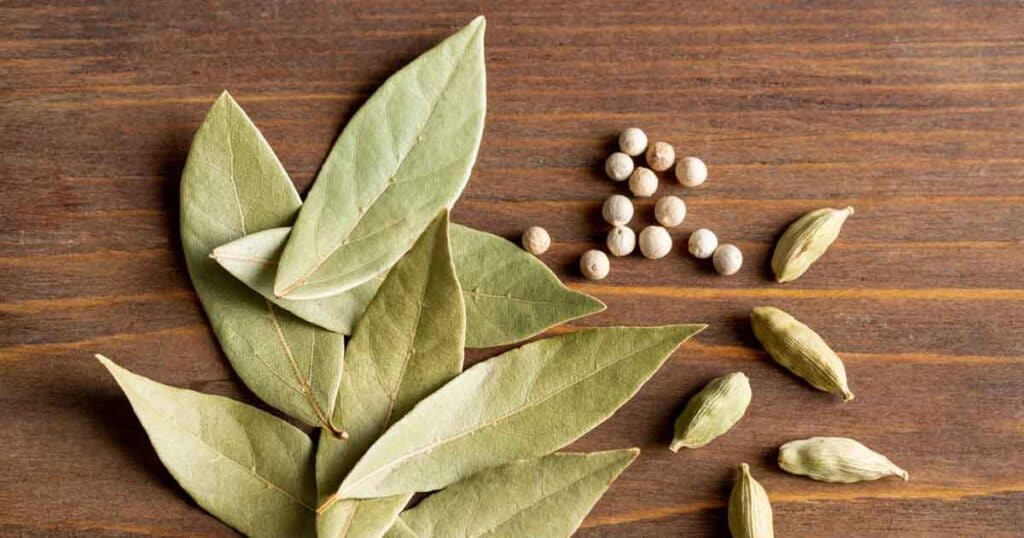
Selecting bay leaves
Bay leaves grow on the branches of bay laurel trees which are grown either in gardens or containers. The leaves can be harvested throughout the year, with the most flavorful and aromatic leaves appearing in spring.
If you plan to grow bay leaves in an outdoor garden, the tree is relatively easy to grow. The plants thrive in sunny areas with good drainage. They will also need plenty of room to spread out, as they can grow to be very large.
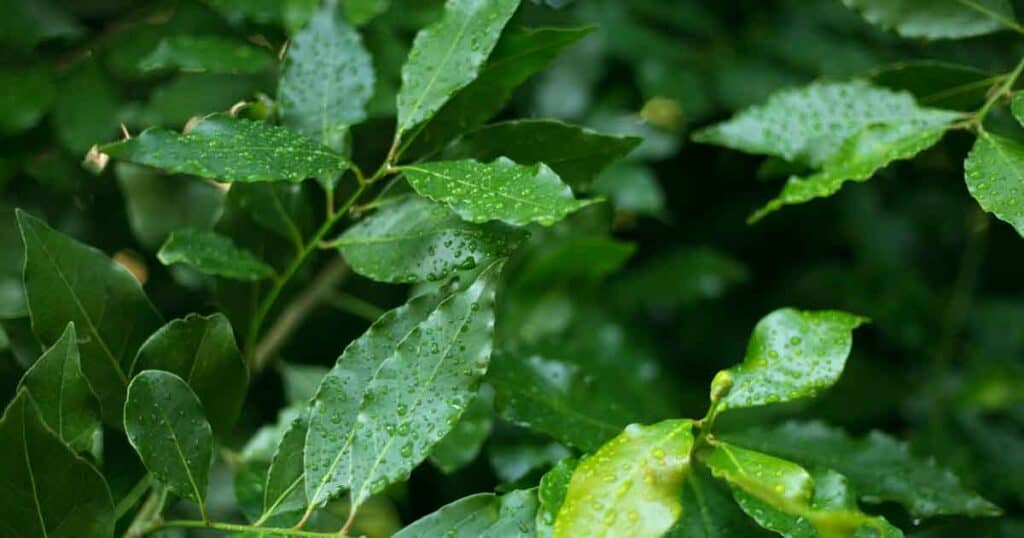
When buying bay leaves from the grocery store, look for packages that have leaves that are mostly whole and not broken into pieces. When you open the package, the leaves should be fragrant and completely dried. Leaves with moisture can indicate improper storage.
The leaves should be a vibrant, deep green. Avoid leaves that are brown or very dull in appearance.
The taste of bay leaves
Bay leaves are very aromatic, with a smell similar to eucalyptus or menthol with notes of sweetness and florality. This scent is one of the reasons bay leaves are used in cooking. When added to dishes during the cooking process, they provide a subtly savory, earthy or woody flavor with a hint of bitterness.
Cleaning bay leaves
You do not need to clean dried bay leaves. However, a visual inspection of the leaves is always a good idea. Brush off any dirt or debris. If desired, you can run the leaves under a bit of cool water and pat them completely dry before storing them again.
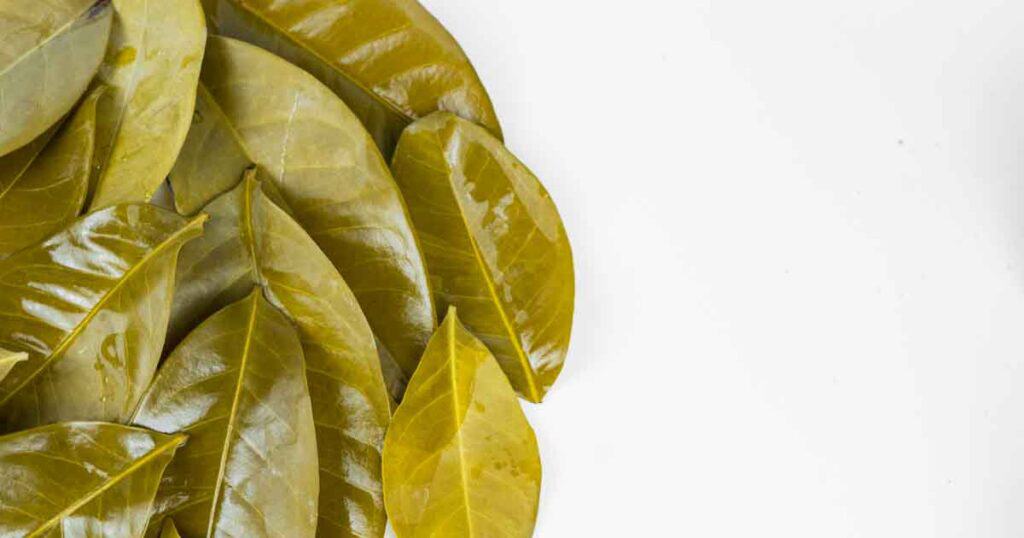
Storage suggestions
Bay leaves are a member of the hardy herb family, which includes herbs like oregano, thyme or rosemary. This means that they are not as susceptible to wilting or developing mold as soft herbs.
The most popular option for storing bay leaves is in the container they came in. If you have picked and dried your own bay leaves, ensure they are completely dry and store them in an airtight container such as a glass jar. Keep this jar in a cool, dry, dark place like a pantry.
“I keep dried bay leaves in a small mason jar and use them when making broths, braising meat or simmering a stew. It’s hard to describe the flavor they infuse, but when I leave them out I can tell that flavor is missing.”
— Jere’ Cassidy, One Hot Oven
In order to dry your own bay leaves, use a dehydrator or air fryer, or hang them upside down with a bit of twine in a cool dry place until they are fully dried.
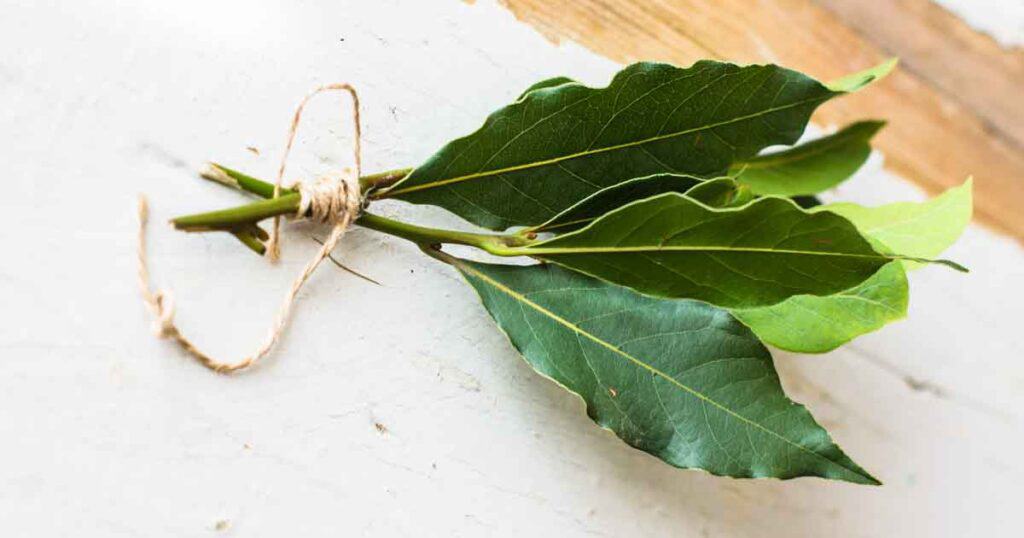
Bay leaves can also be frozen. Place them in ice cube trays and cover them with water, then freeze. They will last for up to a year, though their flavor will not be as potent.
FDL’S 75 Best Bites

Our cookbook with 75 tasty recipes will be your go-to kitchen companion for easy dinners with ad-free recipes right at your fingertips. Crafted by experienced chefs and recipe developers, this collection offers a treasure trove of tried-and-true dishes that make mealtime a breeze.
Get the Recipe: FDL’S 75 Best Bites
Culinary uses for bay leaves
Hardy herbs like bay leaves should be added at the beginning of the cooking process to impart their flavor. They are added with the liquid in dishes like soups and stews, pasta sauces, gravies, braises and during the cooking process of rice, grains and beans. The leaves should be removed from the dish before serving.
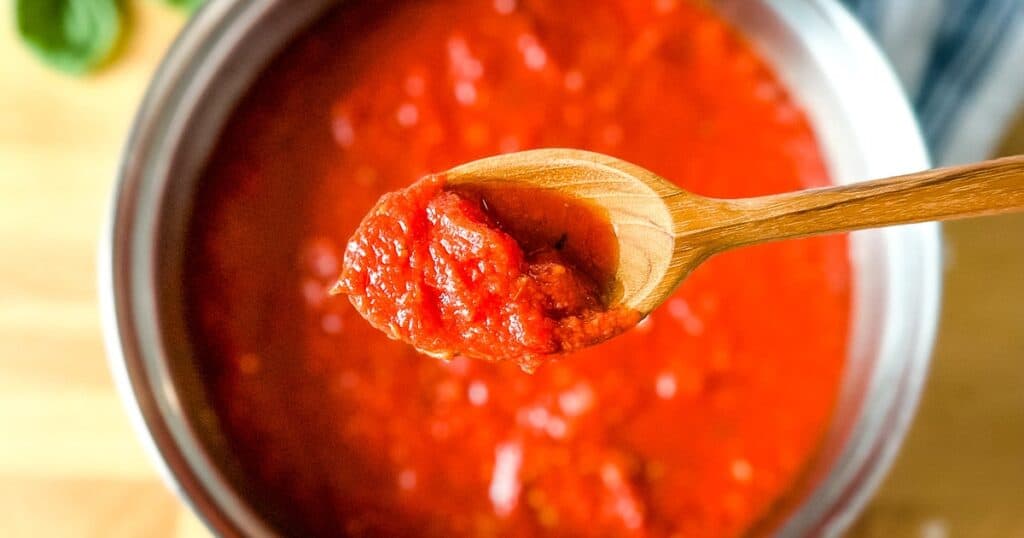
Bay leaves are also added to pickling liquid. Some popular pickling recipes include pickled cucumbers, pickled onions and pickled carrots.
Dried bay leaves are used in many cuisines across the world. Mediterranean, French, Indian, Middle Eastern, Latin American, African, Asian, American, Eastern European, and Caribbean recipes all call for the use of bay leaves.
“I love using whole dried bay leaves in Nigerian tomato stew. It brings a depth of flavor that’s both traditional and essential — enhancing the dish’s richness.”
— Louisa Moje, Food Plus Words
Final thoughts
Bay leaves are grown year-round on the bay laurel tree. They are fairly easy to grow and loved for their aroma and nuanced flavor.
Bay leaves can be purchased at grocery stores year-round. Be sure to select bunches that are dark green, fully dried and aromatic. Avoid any bunches that are broken or that have moisture in the container.
Store bay leaves in a glass jar or other airtight container in a cool, dry, dark place like a pantry. Bay leaves can also be frozen.
Bay leaves are added to the beginning of the cooking process for long-cooked recipes like soups, sauces and braises. Be sure to remove the leaves before serving. Pick up a container of dried bay leaves at your local market to enjoy their delicious, subtle flavor and wonderful aroma.
Gen La Rocca is a professional chef, writer and editor living in Southern California. She is the owner and recipe creator behind Two Cloves Kitchen, a food site featuring contemporary, California-inspired recipes. She has edited over 20 novels, short stories and essays for publication.